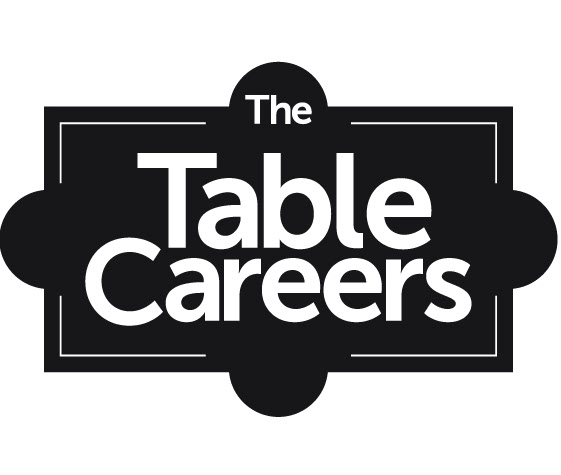You study, work, make lateral and vertical moves, hone your strengths, develop your gaps and navigate the delightfulness of ambiguity to end up in your very own career nirvana. Simple? Starting your career, or changing career, are often the hardest points. Do you start with a final destination in mind or ebb and flow based on opportunities. The two are not mutually exclusive, and the challenges of life often mean you walk a tightrope between both.
Whichever path you follow, you’re likely to come across similar challenges in today’s workplace. With the integration of AI and other technological advancements, organisations are realising they can boost productivity with less human capital, requiring us all to have curiosity and a growth mindset to ensure we are still adding value.
Deloitte has been connecting the strategic importance of a flexible approach to careers since 2011. This is by no means a new movement, but it’s evident that agility has become fundamental in today’s global workforce.
As you carve out your own route, here are some potential junctures to consider:
Ladder or Lattice
The ‘ladder’, a more traditional approach to career development, and for some occupations may still be the most suited route. Enabling you to move up step by step, once you are capably performing your current role and ready to take on more responsibility. This is great if you like structure, have the patience and edge to compete for the illusive single position at the top. However, if your eyes are less myopic and willing to deviate away from the singular upward trajectory, you may wish to consider…
The ‘Lattice’, providing a flexible pathway encompassing lateral, upward and sometimes downward moves. Breadth is encouraged here; cultivating your networks, developing softer skills and broadening your experiences to different business divisions, often in preparation for future leadership roles.
LinkedIn Research from 2016 suggested that having 4 jobs by the age of 32 was the new norm. Compared to 59% of workers over 65 who spent time in three industries their entire career. Which route you take may depend on which paradigm best fits different phases of your career/life. Take control & make strategic moves to ensure the option to move is in your hands, not that of a corporate hierarchy.
Find comfort in discomfort
Leaders, and their teams, are consistently having to operate, and deliver, in a VUCA environment. Whether it’s political, economic or social uncertainty, there is a direct impact on the individual in the workplace. As a planner myself, it’s been a learning curve to find opportunity in ambiguity. Pushing your boundaries can lead to development, even if you fail…lessons are learnt. Fail fast, recover & move forward.
The pace of work is ever increasing, and is not likely to ease. So whether it’s embracing automation, utilising data, or throwing yourself in to a new business area, cultivate a sense of stillness in the change. What’s the worst that could happen?
People Management vs. Specialism
In the traditional ‘ladder’ approach to careers, the main way to achieve promotion is to advance via the people management route. Today, technical expertise in its own right is valued as much as the ability to build, lead, motivate and inspire people through leadership roles. In the war for talent, organisations need to create a structure that equally compliments experts and leaders. Individuals in both pathways should still seek breadth, taking on an organisational leadership role that is beyond that of an individual contributor. Breadth, and continued external engagement, will enable you to continue to add value back to your organisation, whilst keeping your skill set current.
Individuals can develop the flexibility to move between the technical and people management, but only if you have a genuine interest in leading people (and not for reward or recognition). Organisations that enable colleagues to have the choice, and support, to advance in their strengths, are likely to get the most value, and engagement from staff.
Whether you have a set goal to achieve or aim to experience work, and success, from a variety of perspectives, my advice is to enjoy the pathway you create for yourself. Take opportunities, introductions and challenges as they come, allowing yourself time to rest and re-evaluate as you go. You are most likely your own biggest critic, down time ensures you have time to reflect on your growth and keep your focus forward. Afterall, we owe it to ourselves to be in the best place possible to succeed.




